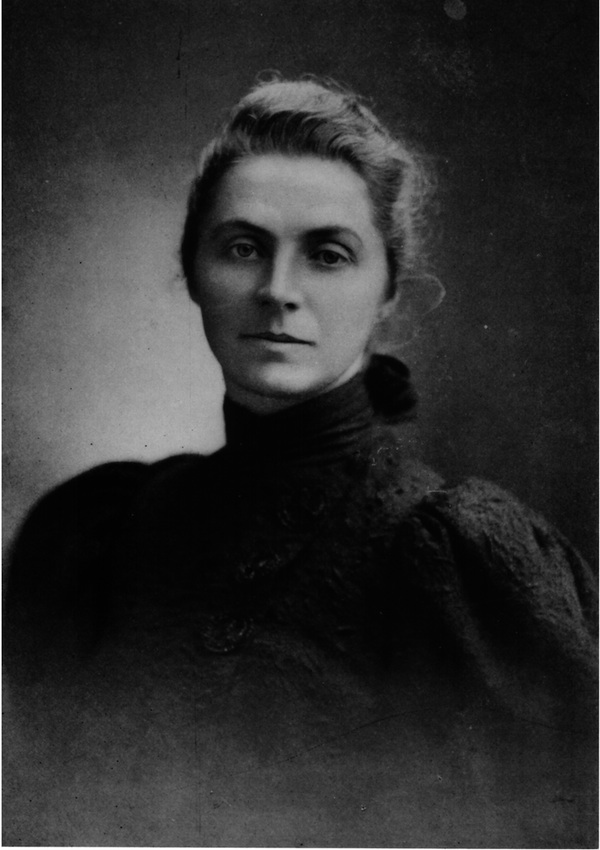Woman with a Cause. Emily Hobhouse Remembered
/On 16 November, the Hypatia Trust, in association with Liskeard and District Museum, is organising a free community history workshop called Woman with a Cause to explore and celebrate the life and achievements of Cornish human rights campaigner Emily Hobhouse.
She was branded “that bloody woman” by some, but Emily Hobhouse is a forgotten Cornish hero. She raised the travesty of human rights abuses in South Africa during the Boer Wars before such issues became headline news. While she was pilloried by her own townspeople in 1900 for highlighting the abuses in concentration camps, in South Africa there is a national monument to her campaigning work. More than 113 years later we are setting the record straight in her hometown.
Eleanor Tench, who will be giving the keynote presentation at the workshop said, “Emily was a fascinating woman whose work is deserving of far more recognition. I'm honoured to be helping to tell her story to more people, especially to be able to speak about her in her hometown, on the stage where she once spoke. Working on this project has been inspirational.”
Sally Hawken, Liskeard Town Councillor, is amazed that so little commemorates Emily in Cornwall. “I am delighted the History 51 project is working with Liskeard's excellent museum to bring to public attention one of our most famous daughters. Liskeard must make more of its connection to Emily Hobhouse, an internationally important campaigner who has a public monument in South Africa and nothing in Cornwall. This workshop is a fabulous opportunity for townsfolk and visitors to find out more in the very place where Emily certainly stirred things up, our own Public Hall.”
The day will start at 9.30am by gathering at Liskeard Museum for a special view of the new Women at War exhibition, followed by the lecture at the Public Hall opposite the museum at 10am. After a break the audience will be invited to take part in a practical workshop examining sources from Emily’s time to judge whether she was treated fairly. The workshop ends at 1pm. There is an optional tour of St Ive Church, where Hobhouse was born, at 2pm.
Booking
Booking is essential and must be made with Liskeard Museum either by phone: 01579 346087, email: museum@liskeard.gov.uk using the subject Emily Hobhouse Workshop, or in person.
The Hypatia Trust’s History 51 project promotes women’s heritage in communities across Cornwall and has been made possible through funding from the Heritage Lottery Fund’s All Our Stories programme. To keep in touch please join us on Facebook too. http://facebook.com/history51





